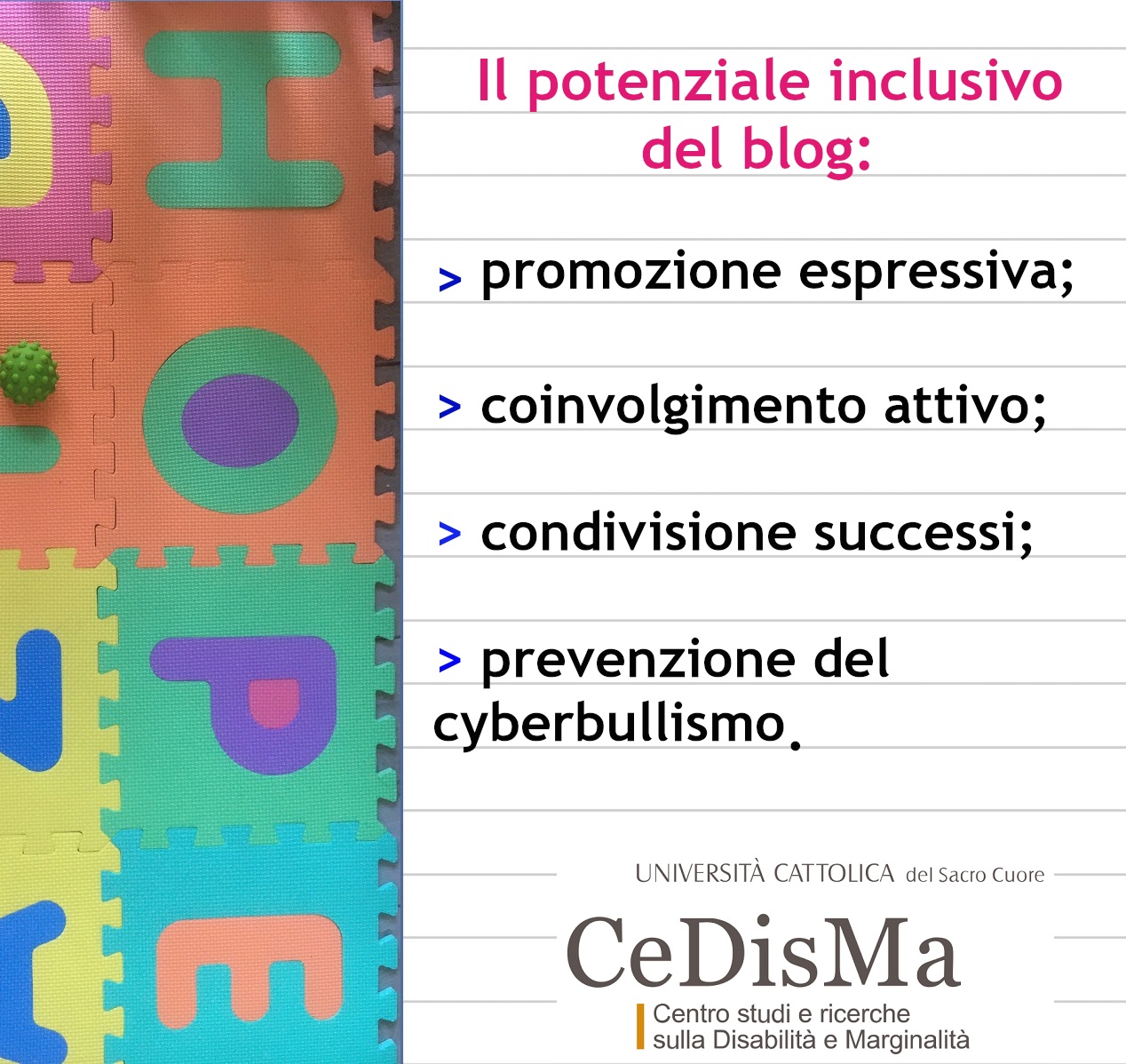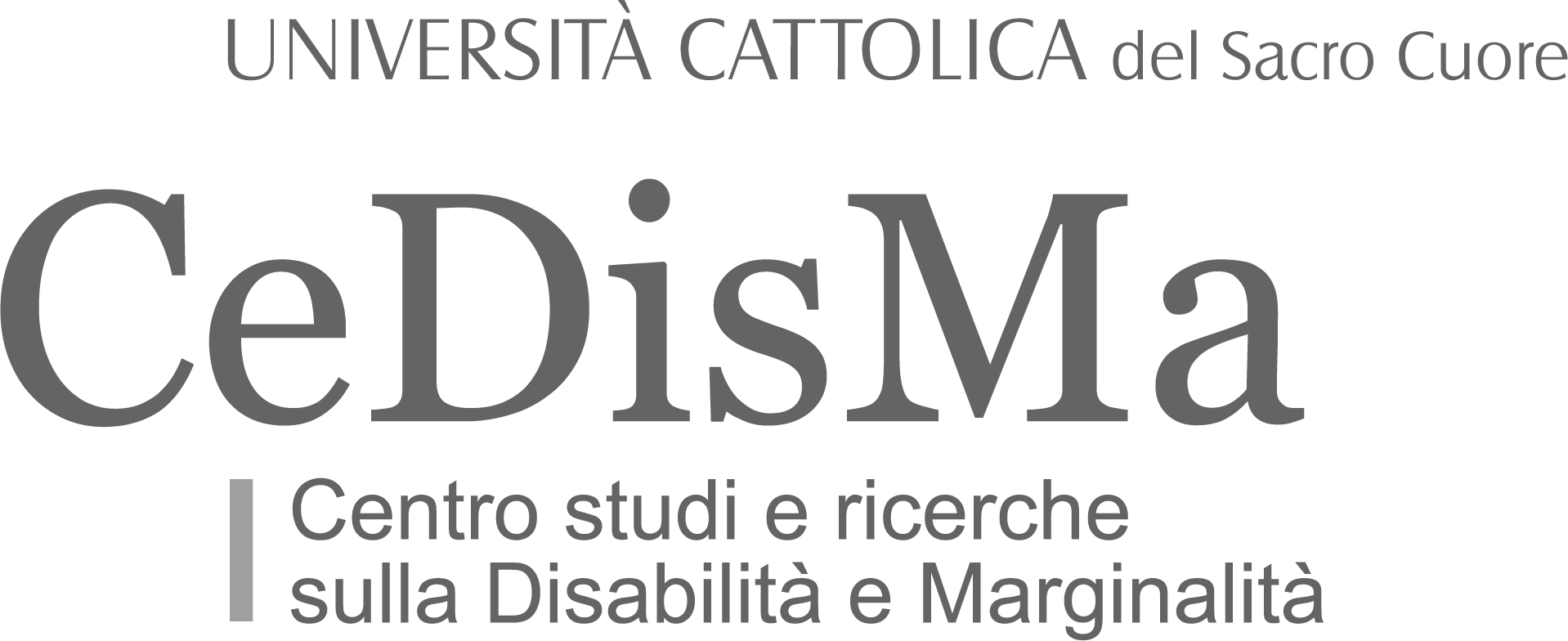The class blog can be an inclusive tool. Diversifying content and results is the key word for actively involving all students. The pedagogical effectiveness of this teaching proposal can be summarised in 4 points:
- The blog represents… Expressive promotion – The openness of the blog allows for multifaceted expression. Both AAC and video clips have their full place on a digital board, and audio tracks and visual organisers are also welcome.
- The blog represents… Active Involvement – Technologies have great appeal to ‘digital teenagers’. The commonplace auto-corrector of word processing software is both an instant guide in the drafting process and a valuable enhancement of linguistic awareness.
- The blog represents… Sharing success – Posting captions, emails and storyboards creates a link between school and beyond. Thus, a blog becomes an open window on the work of the entire class group. With this in mind, the sharing of works promotes a non-standardised but individualised concept of success.
- The blog represents… Prevention of cyberbullying – Collaborative writing finds in the blog one of its most feasible manifestations, enabling the implementation of a Zone of Proximal Development aimed at perfecting not only soft skills, but also digital attitudes useful in combating the phenomenon of cyberbullying.
A useful operational cue for the creation of effective digital content is the acronym BOOM: brainstorming, ordering ideas, organising content and finally improving the introduction and conclusion. Such a ‘rundown’ could be applied to a wide variety of tasks: from FAQs (Frequently Asked Questions) on a studied topic to short eBooks consisting of slides.
Giving students the opportunity to experiment in peer-tutoring with a multitude of expressive possibilities could have a positive impact on the classroom climate, the learners’ self-esteem and in the prevention of inherent risks on the Internet. In this project, the teacher is a facilitator in the production of content and, at the same time, an ‘admin’ or ‘web space administrator’.
Recommended readings:
D’Alonzo L., Meo D., Far scrivere in linea con una didattica inclusiva, in Quaderni di didattica della scrittura, Cafagna, Barletta, n.32/2019;
D’Alonzo L., La differenziazione didattica per l’inclusione. Metodi, strategie e attività, Erickson, Trento 2016.
D’Alonzo L., Come fare per gestire la classe nella pratica didattica, Giunti Scuola, Firenze 2012.
Meo D., Blog linguistici e Bisogni Educativi Speciali, in EAS, Morcelliana, Brescia, n.5/2021;
Meo D., Motivare alla lettura e alla scrittura, in Pearson.com, Milano https://it.pearson.com/aree-disciplinari/italiano/didattica-inclusiva/motivare-alla-lettura-alla-scrittura.html;





